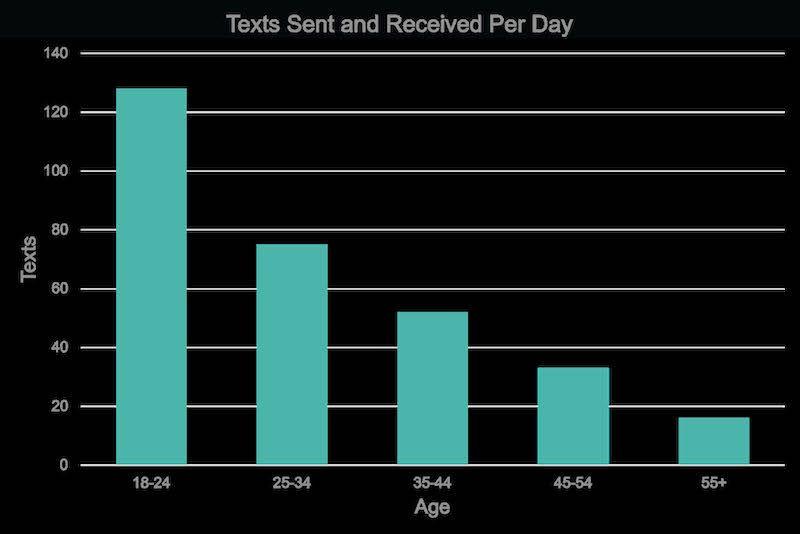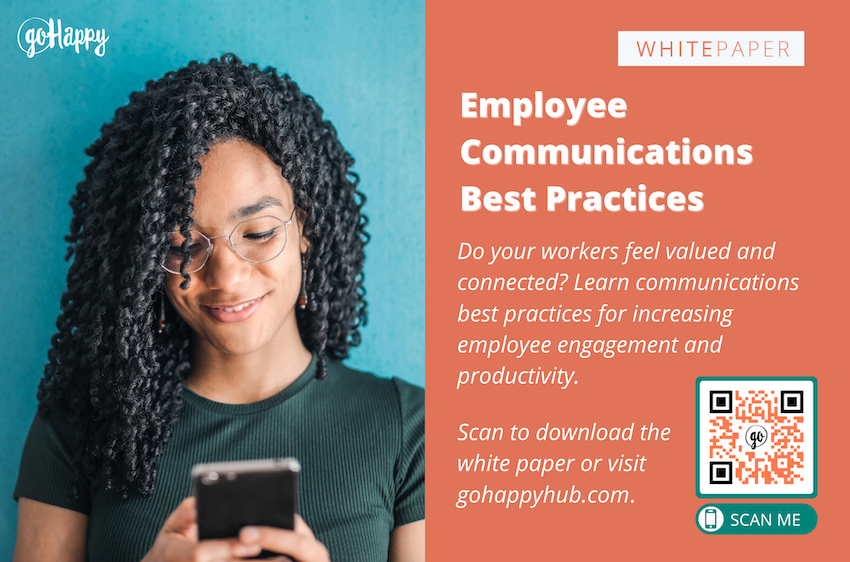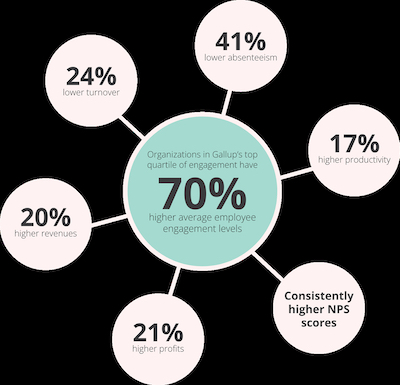By Shawn Boyer
As pandemic-related federal unemployment benefits for upwards of 10 million Americans ended in early September, the largest percentage of those looking to reenter the workplace were hourly and frontline employees, many of whom have refrained from working because receiving benefits outweighed the benefits of returning to work for a myriad of reasons (e.g., health risk, childcare issues, benefits amounted to more than they would be paid if they were working). In fact, a University of Chicago study found 42% of those on benefits were receiving more than they did at their previous jobs, and that share was higher when factoring in temporary health insurance offered through relief bills.
For those hourly workers who are returning, the landscape looks markedly different than when they left it. The competition among employers for hourly employees is more fierce than in the past two decades, if not ever, resulting in significantly higher pay, signing bonuses and creative benefits. As the Wall Street Journal reported, American employers currently are trying to fill 10 million jobs. Yet 4.3 million Americans quit their jobs in August, the largest such total since December 2020.
While better pay and benefits are nice, employers can’t lose sight of employee engagement if they intend on retaining their new hires for whom they’ve fought so hard to hire. And the way an employer’s leaders communicate with their employees goes a long way toward keeping them happy and engaged.
According to a recent Gallup poll, 36% of American employees are “engaged,” leaving nearly two-thirds of employees who are either “disengaged” – they are doing just enough work to stay employed – or “actively disengaged” – they work against the goals of the company. What’s more, only 20% said they are managed in a motivating way to encourage them to do outstanding work.
Many studies have proven over the years that an engaged employee, someone who feels valued and connected with their day-to-day workplace experience, is a more productive employee who is less likely to miss work (41% lower absenteeism) or leave their job altogether (24% lower turnover). And an engaged workforce results in higher revenues and profits (17% increase in productivity).
Key to that engagement is how leaders and managers communicate with their employees. Whether it’s praise and encouragement, expectations and development, or care and concern, how leaders communicate directly impacts their employees’ work experience.
But connecting with each and every employee is challenging, especially considering that 80 percent of American employees don’t work in an office environment. That is specifically true of hourly and frontline employees. Despite the fact that they have an enormous impact on customer experience, typically interfacing directly with customers, hourly employees so often are under-communicated with and among the least engaged.
Unfortunately, the pandemic has accentuated the problem.
Hourly employees are rarely provided with company-issued email, so individual managers are relied upon to communicate important corporate information in pre-shift meetings that are at best rushed and oftentimes cancelled because of schedules. Not to mention the impact of the “phone game” when a manager is trying to relay a message onto the team. All of this leads to so much important information not being communicated in a timely, accurate and consistent way to all employees, which leads to hourly workers not feeling valued and connected. And, thus, disengaged from their job.
That is why so many companies for the first time are searching for digital tools to be able to communicate directly with their hourly workers. Those tools fall into two categories: app-based tools and app-free tools. For salaried workers, the benefits of an app-based tool typically outweigh the downside of an employee having to download another app for work. But, in the hourly worker world, where according to Pew research 20% of those workers don’t have a smartphone that allows them to download an app and an even larger percentage of the hourly population not being willing to download an app for a job where they work part-time, app-based solutions have a much greater downside.
Because of those downsides, utilizing app-free solutions for hourly workers has become increasingly more common and a critical piece of employers’ engagement strategy. A vast majority of Americans (81% in fact) text regularly – The Local Project found that 18- to 34-year-olds (the largest percentage of frontline employees) send an average of 101 texts every single day. Moreover, other research shows that employees are conditioned to open text messages to the tune of a 99% open rate (95% are read within the first three minutes of being received).

The first 30, 60 or 90 days are paramount for employers to connect and begin creating great experiences for their new hires. Establishing an early connection – welcoming them on their first day, introducing them to their colleagues, checking in often for feedback, survey questions, etc. – by text can go a long way toward ensuring new hires become engaged employees.
And an engaged employee is a happy employee, one who more likely will stick around for a while rather than leave your company constantly trying to fill necessary positions.


